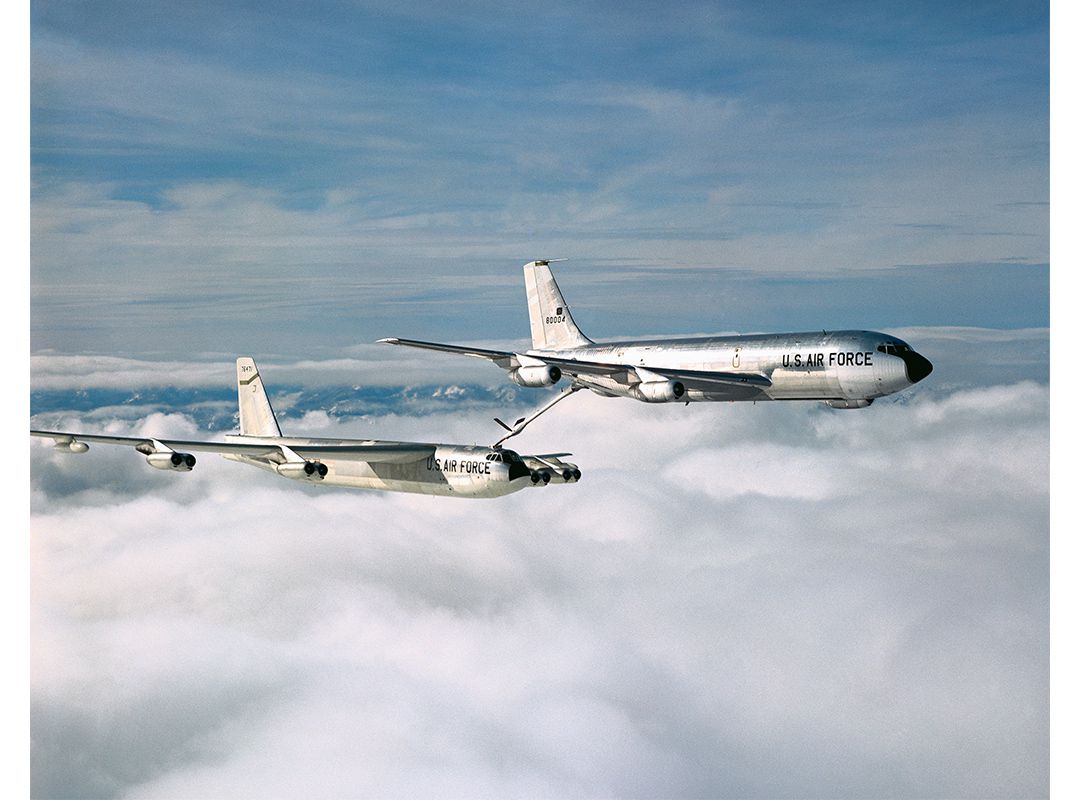
17 January 1966: A United States Air Force Boeing B-52G-115-BW Stratofortress, 58-0256, and its 7-man crew, along with a second B-52, were flying an Airborne Nuclear Alert patrol over the Mediterranean Sea. The bomber, call sign “Tea 16,” was armed with four Mark 28 nuclear bombs carried in its bomb bay.
At approximately 10:30 a.m., the two B-52s rendezvoused with two Boeing KC-135A-BN Stratotankers, based at Morón Air Base, Spain, for the second aerial refueling of the mission. The aircraft were at 31,000 feet (9,448 meters) off the southern coast of Spain.
Major Larry G. Messinger, a veteran of World War II, aboard as a relief pilot, was flying Tea 16 from the left seat. The aircraft commander, Captain Charles J. Wendorf, was in the right, co-pilot’s seat, while 1st Lieutenant Richard J. Rooney, the assigned co-pilot, rode in the Instructor Pilot’s seat.
Major Messinger later said, “We came in behind the tanker, and we were a little bit fast, and we started to overrun him a little bit. . . .”
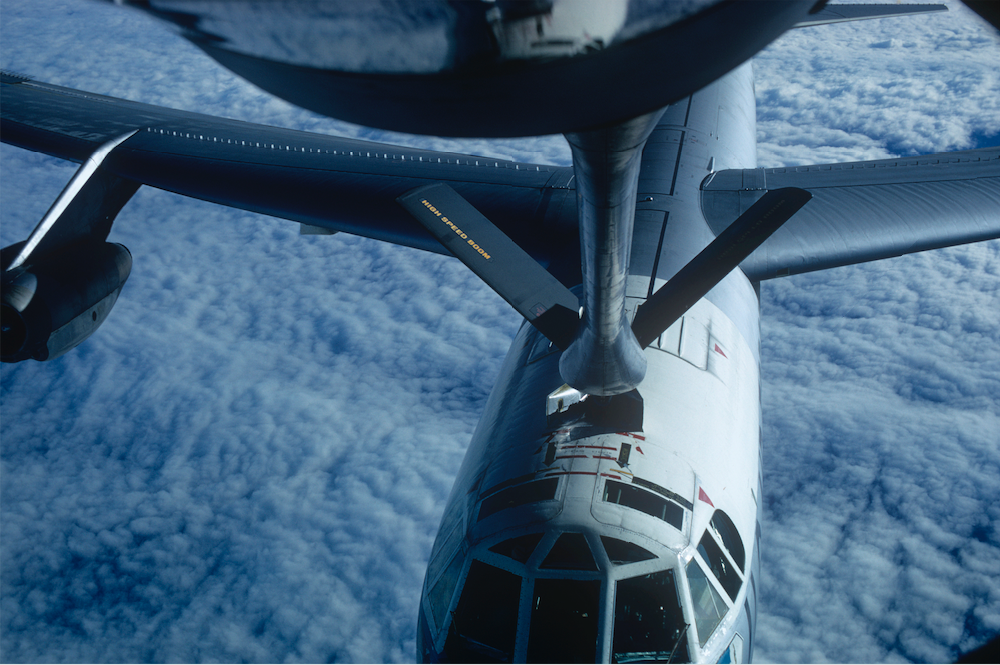
B-52G 58-0256 collided with the refueling boom of “Troubadour 14” (KC-135A 61-0273). The boom penetrated the bomber’s fuselage, broke structural members and the left wing broke off. The B-52 exploded. The fully-loaded tanker, on fire, went into a steep dive. At 1,600 feet (488 meters), it also exploded.
The four crewmen aboard the tanker were killed. Three of the seven men on the B-52 ejected, and the co-pilot, who was not in an ejection seat, literally fell out of the disintegrating bomber. The navigator’s parachute did not open and he was killed. Three others were unable to escape the doomed airplane and were also killed.
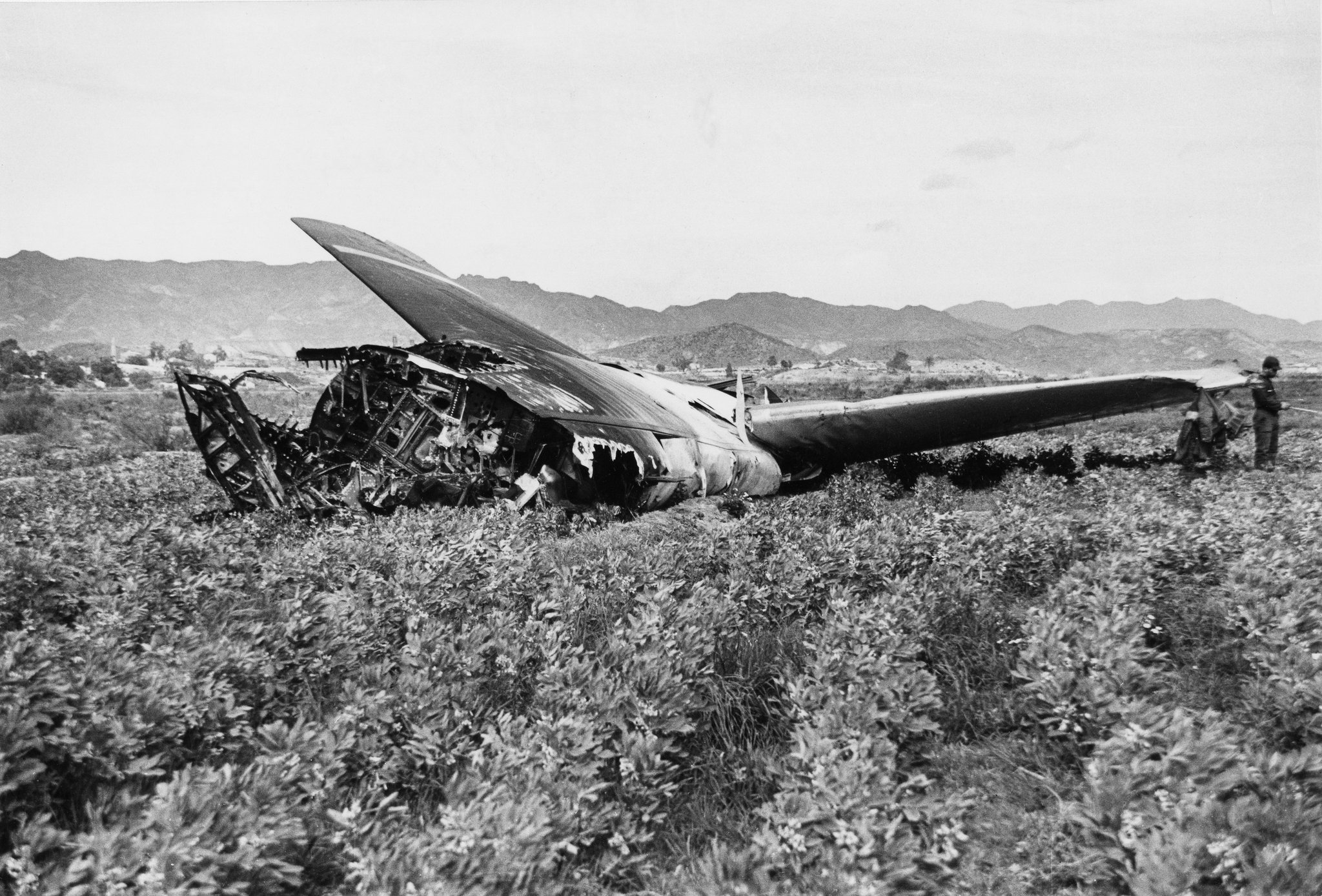
As the B-52 broke apart, the four nuclear bombs it carried in the bomb bay fell free. Three of them fell near the fishing village of Palomares. In two of these, the conventional explosives that “implode” the plutonium to start a chain reaction, detonated on impact, but a nuclear explosion did not occur. However, plutonium was scattered over the area. The third bomb was recovered intact, though it was slightly damaged. The retarding parachute of the fourth Mark 28 opened and it was carried offshore by the wind and fell into the Mediterranean Sea.
A massive recovery operation took place. The fourth bomb was recovered after five months. It had come to rest in an underwater canyon at a depth of 2,550 feet (777 meters).
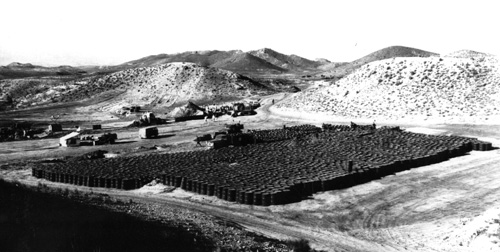
558 acres (226 hectares) of land in and around Palomares was contaminated. The soil was removed and placed in steel barrels for transportation to the United States for burial at the Savannah River Plant, a nuclear reservation in South Carolina.
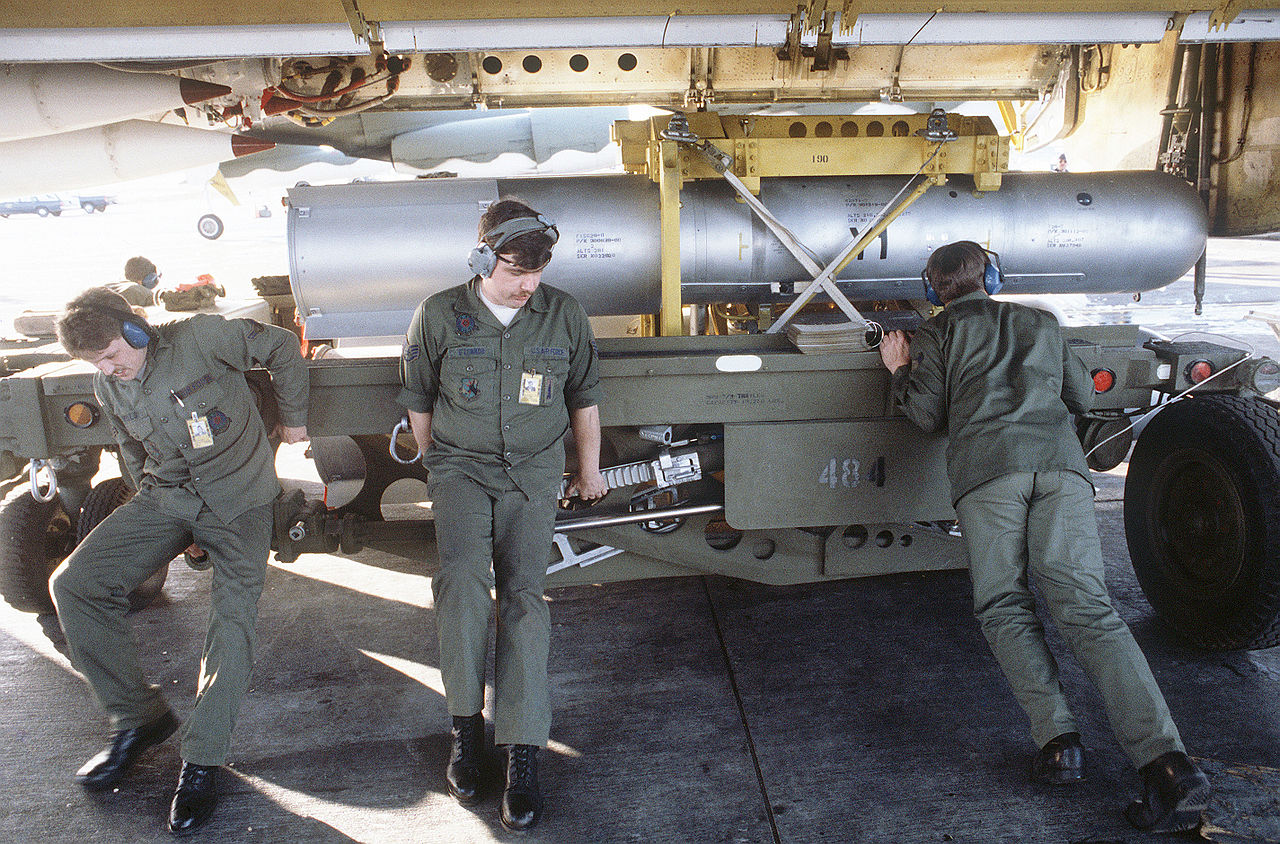
The Mark 28 was a two-stage radiation-implosion thermonuclear bomb which was designed by the Los Alamos National Laboratory and produced from January 1958 to May 1966. In 1968, it was redesignated B28. More than 4,500 were manufactured in as many as 20 variants. Explosive yield varied between 70 kilotons and 1.45 megatons. The B28Y1 in the photograph above is a 1.1 megaton weapon. The bomb remained in service until 1991.
© 2019, Bryan R. Swopes
It would be interesting to read the accident report findings. When Major Messinger states “we were a little bit fast”, the consequences of the fast approach contradict that. There’s considerable flexibility in the tanker boom to handle moderate variations in speed, but obviously the fast approach was way out of approach parameters. Usually during critical phases of flight, the assigned crew should have occupied their assigned positions with the aircraft commander in the left seat and the co-pilot in the right seat. All three pilots were misplaced; probable cause factors to this horrific accident. I suspect that Major Messinger, a staff pilot, was flying the aircraft.
Thank you, Jack. I have had little success finding military accident reports (with the notable exception of Czar 52), and not much better with civilian accidents. It seems that the National Archives kept them for only a limited time and then they were destroyed. But yes, I think Larry Messinger was the pilot flying.
The safety report (back then AFR 127-4) won’t be released; many years ago US Spm Ct ruled they are covered by executive privilege. See United States v. Weber Aircraft Corp., 465 U.S. 792 (1984); https://supreme.justia.com/cases/federal/us/465/792/. What used to be called the “collateral” report or the “accident” report, back then AFR 110-14, is releasable but it won’t have the privileged parts of the safety/127-4 report.
On behalf of the Grissom Air Museum, thanks for reminding us of the sacrifices made by every Strategic Air Command family.
Thank you, Tom.
Bryan, you may want to edit your article. B-28 would be the designation for an airplane, while B28 is the nuke. For example a B-57 is the Martin Canberra bomber, and a B57 was a tactical nuclear bomb.
Thanks, Scott. Done.
Charlie Wendorf was in our B52 squadron at Minot in about 1968. I still remember him standing in the library room on alert and telling about the accident. That was 50 years ago and I don’t recall his comments, but it seemed to be different that what is described here. I would speculate but no need to cause more confusion.
KC-135A, 61-0273, was TDY at Morón AFB, Sevilla, Spain, on a Chrome Dome Mission. It was part of the fleet from Blytheville, AFB, AR. At the time I was its assistant Crew Chief and part of the TDY crew assigned for this particular mission. Due to the scheduling system utilized, our Flight Crew did not have to fly this most unfortunate sortie.
. . . the road not followed. . . .
I was at Moron in Sept of ‘65, just four months prior to the crash as assistant Crew Chief on 58-0034. I have pictures that I took of the coastline where the crash occurred just four months later.
I was also stationed at Seymour Johnson and watched 0256 leave on the Chrome Dome mission for its final flight.
Thank you, Mel.
Jack Washington’s comment that all three pilots were out of place is probably not correct. If the aircraft commander, Captain Charles J. Wendorf, was an Instructor Pilot (most likely), he was duel seat qualified. If Major Messinger was a staff pilot, or not an Instructor, he would have been in the left seat.
This description differs from what I have read from other sources. Those sources state the tail of the B-52 structurally failed. The result was an abrupt pitch up to the bomber’s aft fuselage while in contact or precontact position during refueling. The uncontrolled pitch-up is what caused the collision. A slight overrun during the refueling seems unlikely to end so catastrophically . And to Mr. Healy’s comment: yes I believe he is correct. Staff pilot in the left seat, instructor pilot in the right and assigned copilot in the non-flying seat (IP) seat behind and between the pilot’s seats. That was/is typical during staff pilot requals.
Can you provide those sources, please?
HI Bryan. I’ve searched but I’m not able to relocate the source of the story. But I know I’m not “misremembering” what I read. I’m a former “Buff Driver”, so that story resonated with me. Perhaps that version of the story was wrong. I don’t know. The photo of the empennage of the accident B-52 may lend some credibility that it separated before the collision as it appears relatively intact and not with the rest of the aircraft. It’s hard to tell by just that one photo though. When and if I do find the source, I’ll be sure to let you know.
I love reading your site! I visit every day. Keep up the great and interesting work!
Thank you very much, James. I always try to get the facts right, and don’t mind at all being corrected if I’ve gotten it wrong.
More of the quote from Maj Messinger describing the accident includes: “There was no call for a break away, so we didn’t see anything dangerous about the situation. But all of a sudden, all hell seemed to break loose.” This also lends credibility to a sudden and catastrophic event such as a structural failure rather than a collision that, as the pilot flying, he would have observed directly. The source is a Wikiwand.com article about the incident.